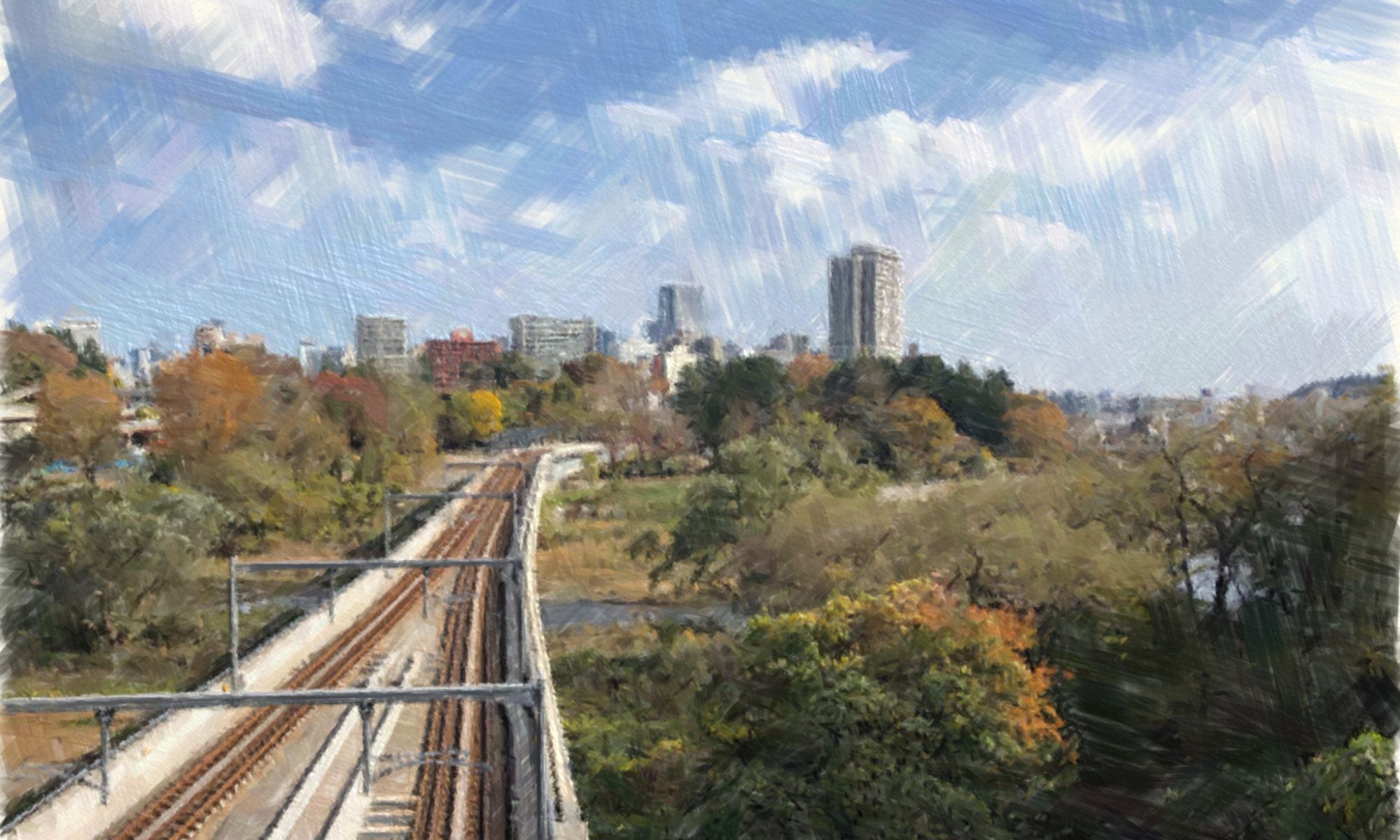This web-application visualizes the spatio-temporal spread of the outbreak of a novel corona infectious disease (COVID-19) over Japan. The location of the COVID-19 outbreaks in this spatio-temporal map was obtained from a kind of voluntary geographical information of outbreaks in various facilities such as commercial facilities, restaurants, hospitals and offices (according to JX Press Corporation) while the vertical axis represents time of the outbreaks. This map provides a risk distribution of the on-going outbreaks as well as the past outbreaks in a high-resolution space-time realm. Thanks to the API provided by JX Press, the map has been automatically updated almost daily. https://nakaya-geolab.com/covid19-stkd/japan/

The map was originally made only for the outbreaks in the Tokyo metropolitan area which highlighted the city centres of Tokyo as the enduring epicentre.

The version of the Tokyo metropolitan area well as that of the Kansai (Osaka-Kyoto-Kobe area) are still available.
The space time density clouds were made by the space-time kernel density and volume rendering technique which were explained in a paper on crime analysis published in 2010. To use ArcGIS online as a platform to disseminate the space-time map as an interactive 3D scene, the space-time density tool for ArcGIS Pro was made and applied to the COVID-19 web app. The tool is available at the tool page.

